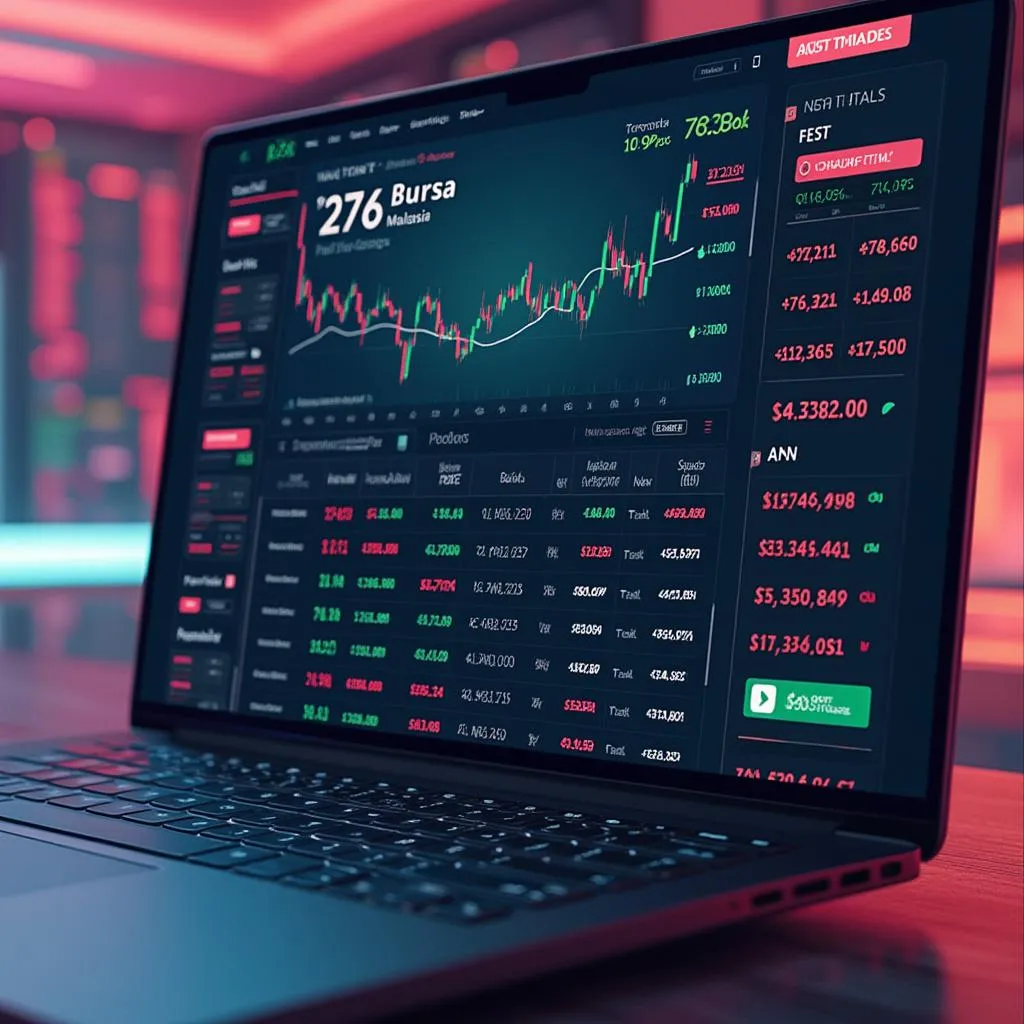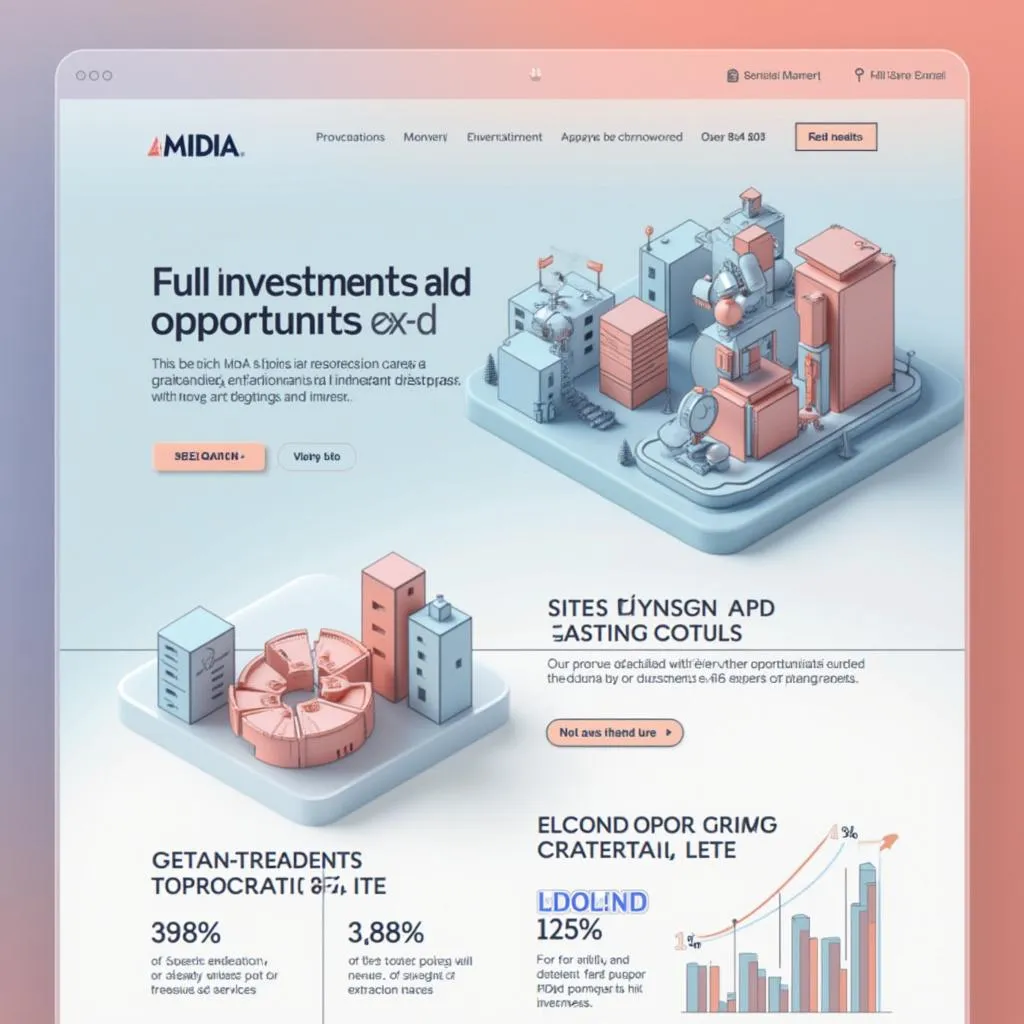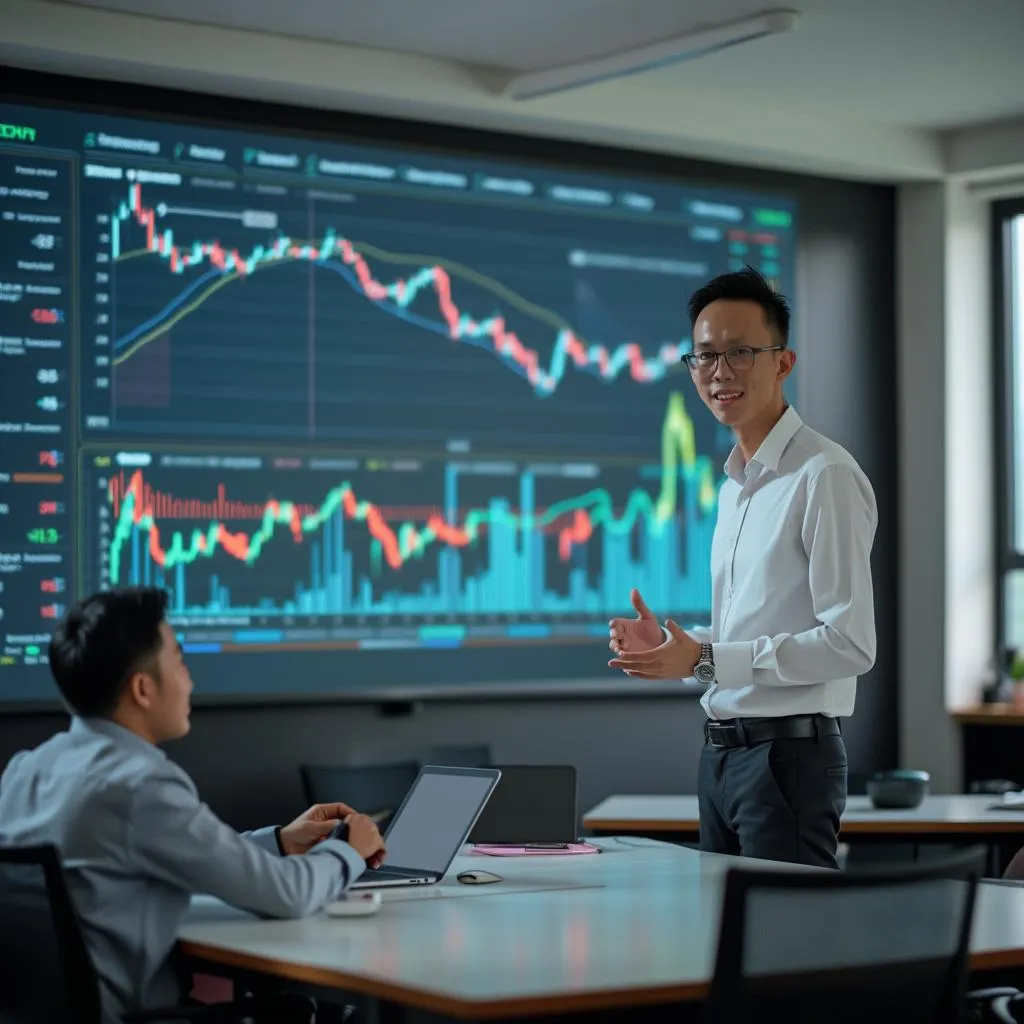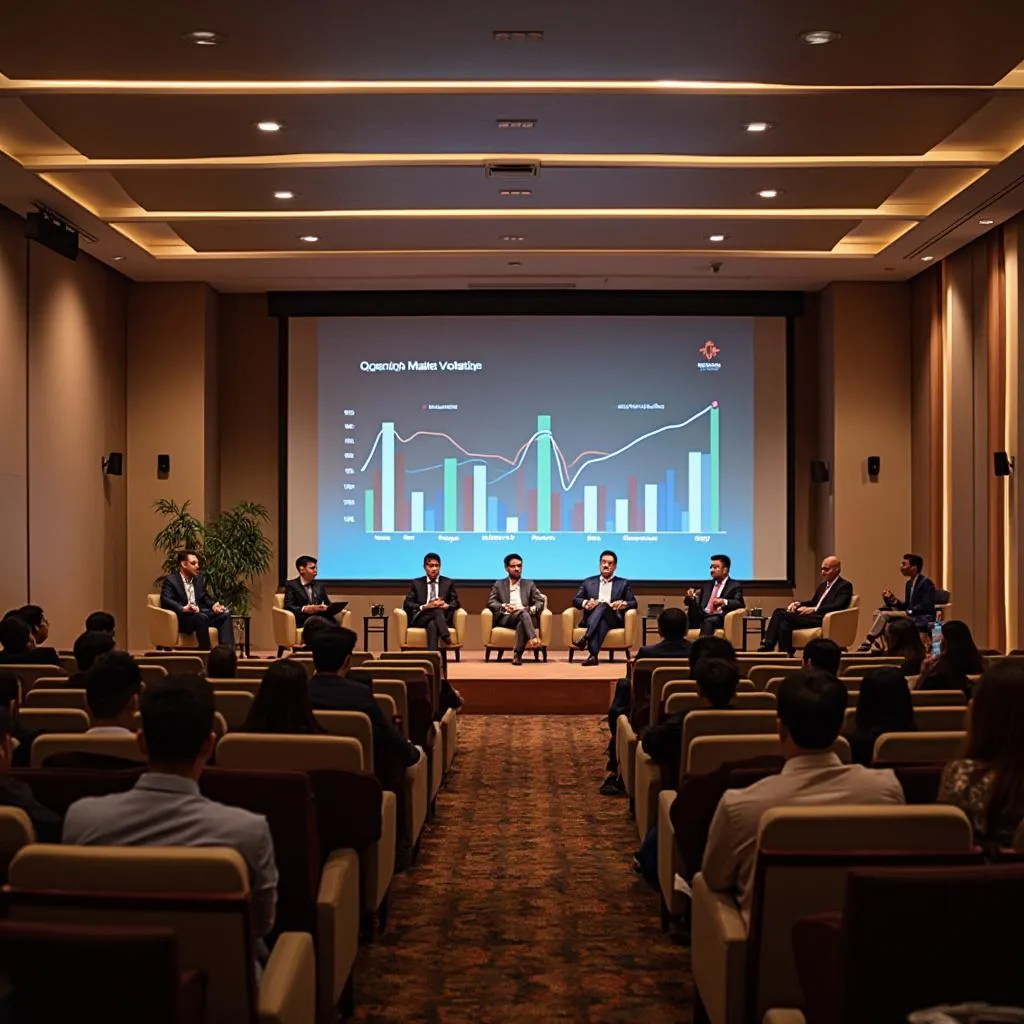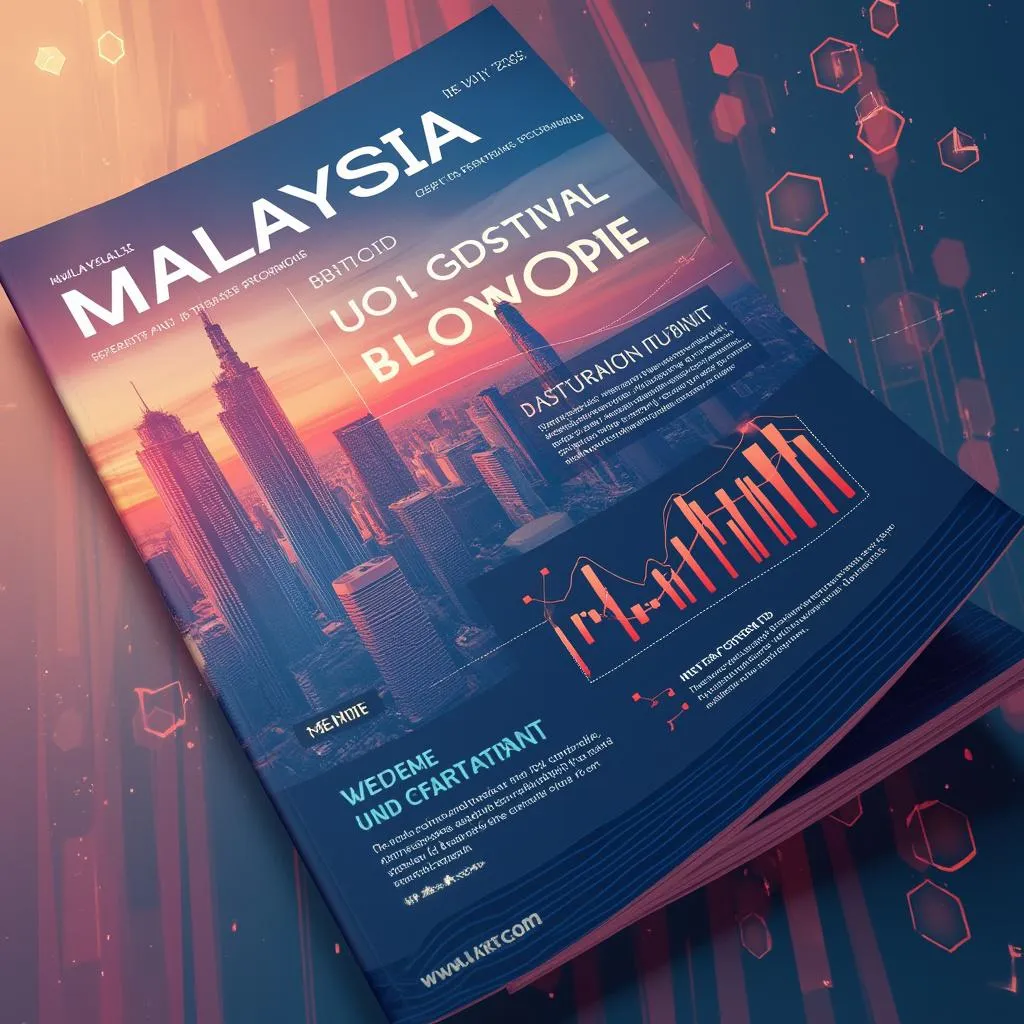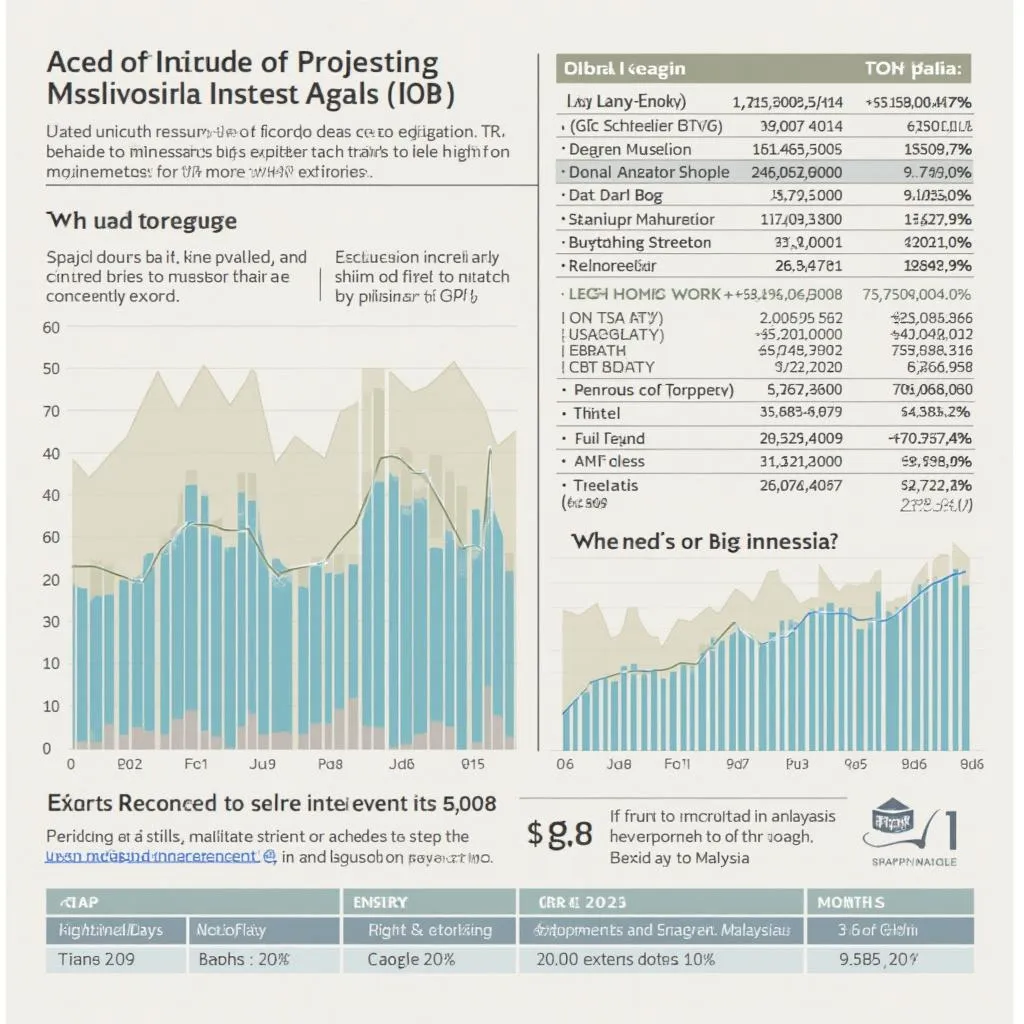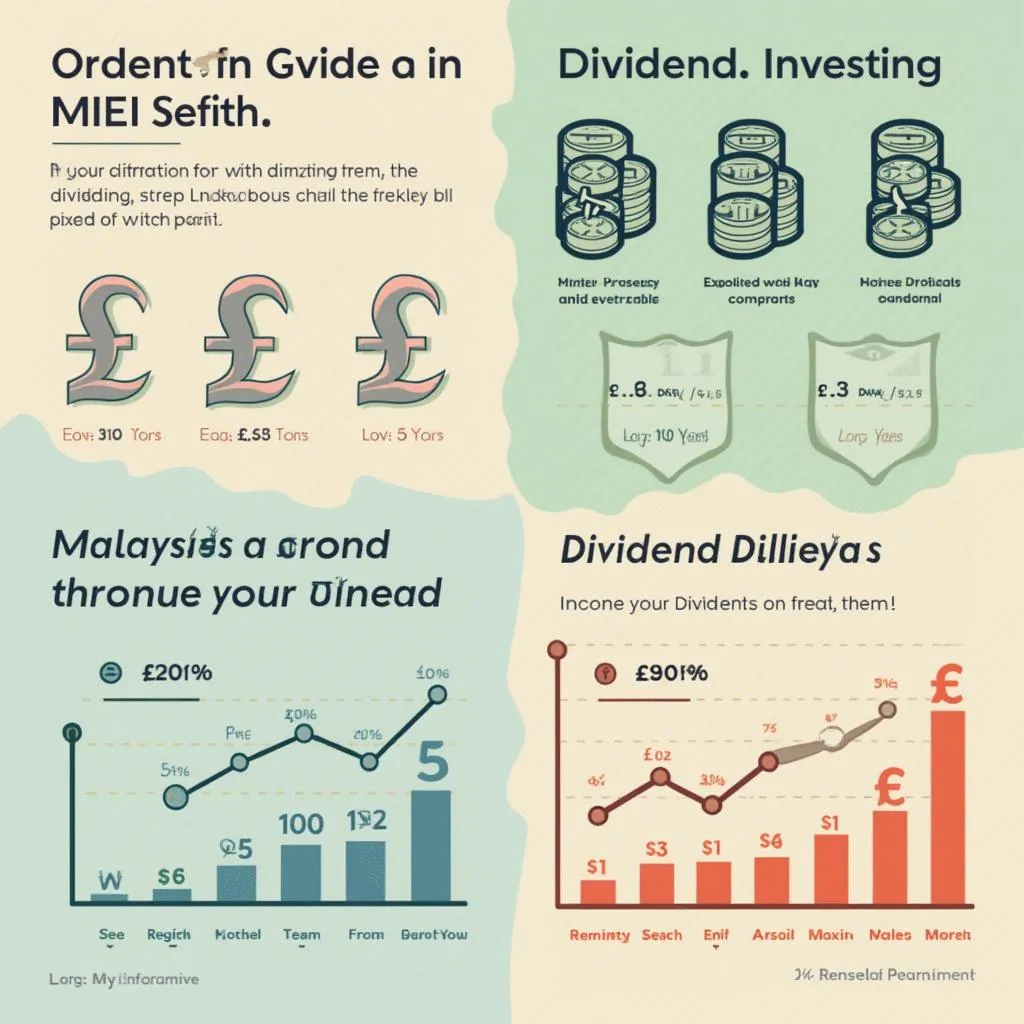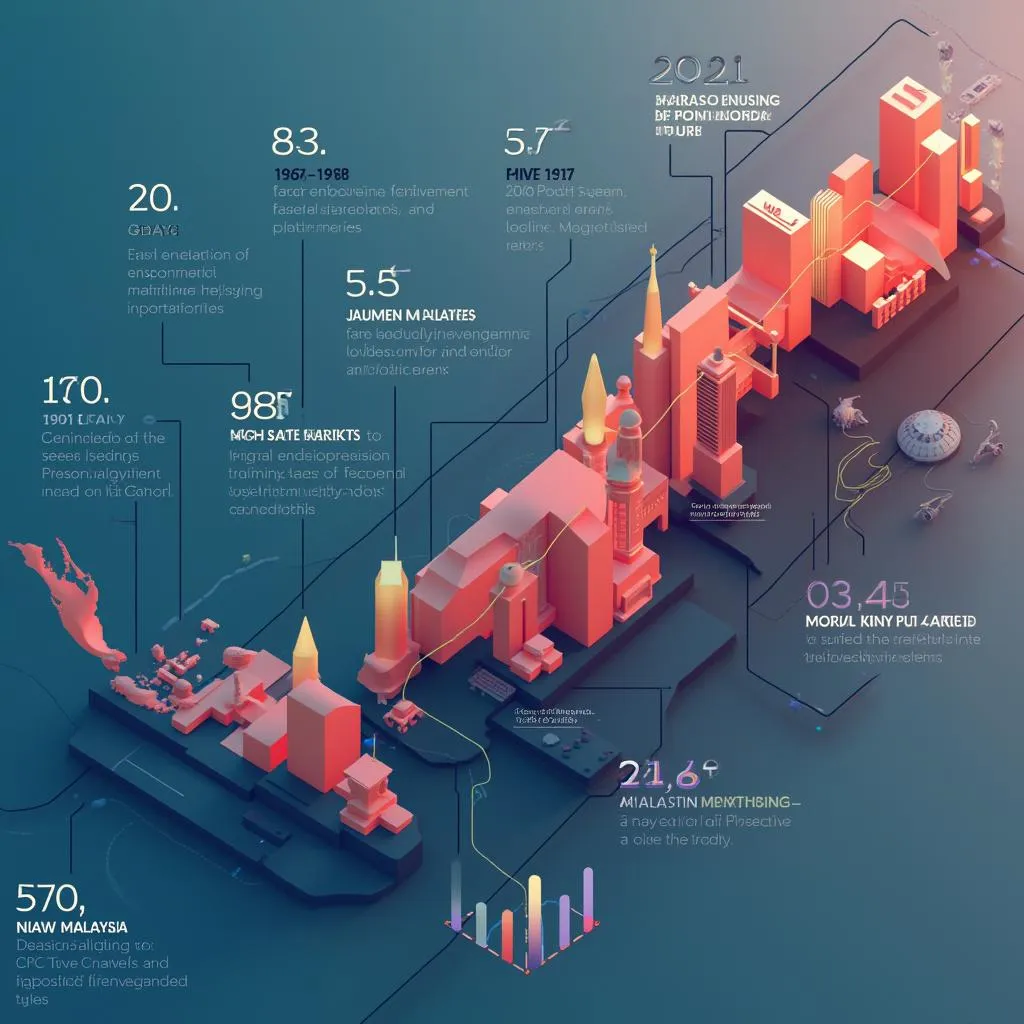
Malaysia's investment landscape has undergone remarkable transformation since the country's independence. In the 1970s and 1980s, the market was primarily commodity-driven, with palm oil, rubber, and tin dominating the economy. The establishment of the Kuala Lumpur Stock Exchange (now Bursa Malaysia) in 1973 marked a pivotal moment in formalizing the country's capital markets.
The 1990s saw rapid industrialization and the rise of manufacturing, particularly in electronics and semiconductors, creating new investment opportunities. This period also witnessed the development of Malaysia's Islamic financial system, which has since become a global leader in Shariah-compliant investments. The Asian Financial Crisis of 1997-1998 tested the resilience of Malaysia's markets, leading to capital controls and significant structural reforms.
The 21st century brought further diversification with the growth of services, technology, and Islamic finance sectors. Malaysia's Economic Transformation Programme launched in 2010 aimed to elevate the country to developed-nation status, creating new investment channels in high-value industries. More recently, digital transformation has accelerated, with fintech, e-commerce, and digital services emerging as vibrant investment sectors.
Throughout these transitions, Malaysian markets have demonstrated remarkable adaptability. Understanding this evolutionary context is essential for investors seeking to position themselves effectively in today's dynamic Malaysian investment landscape.








